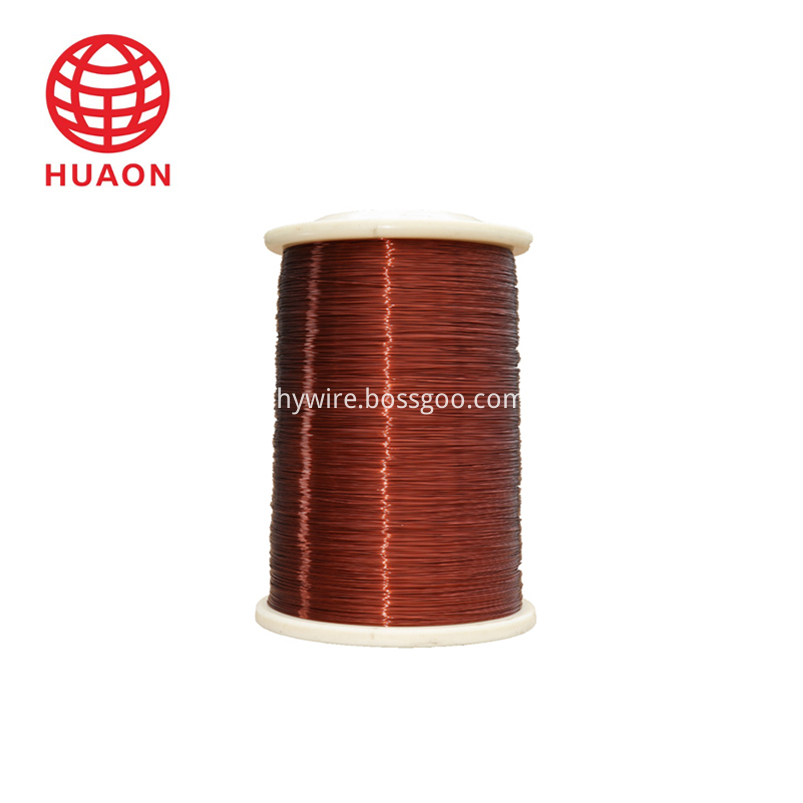With the decline of VR technology, AR has quietly stepped into the spotlight. As major companies look to leverage AR for business gains and users become more engaged with its immersive experiences, we must not overlook the significant risks that still lie beneath the surface.
Augmented reality is a digital enhancement of the physical world through audio, visual, or tactile feedback, altering or overlaying our perception of reality. Although AR has been on the brink of commercial viability since the 1960s, it wasn’t until 2016 that it truly captured the public’s imagination with the success of Pokémon Go—a mobile-based AR game that brought the technology into the mainstream. This led to the development of more advanced devices like Microsoft’s HoloLens and Meta’s Meta 2 headsets, and even car manufacturers began integrating AR into windshields.
These innovations have swept across industries, offering new and exciting user experiences in training, education, gaming, and daily life. However, despite the rapid progress, few have seriously considered how these systems protect user privacy and security.
Long before Google Glass was introduced in 2011, experts had already begun to envision potential risks and explore solutions. The question remains: What happens when an AR device can see, hear, and track everything around you? Imagine wearing an AR headset while traveling—your device recognizes colleagues, offers navigation, translates languages in real-time, and even lets you play games with your child. It sounds amazing, but what if a malicious app blocks your view of an approaching car or distorts people’s appearances? Or if ads distract you while driving?
Additionally, these devices could access your surroundings through video and audio streams, potentially flooding you with unwanted information—similar to spam emails. The thought of someone else recording your data is unsettling. This scenario echoes the dystopian vision seen in Keiichi Matsuda’s short film *Surreal*.
Experts argue that AR is fundamentally different from other technologies due to its immersive nature—it directly influences how we perceive and interact with the real world. While this opens up incredible opportunities, it also raises urgent concerns about security and privacy. Unlike smartphones or laptops, AR could impact our daily behavior in unintended ways.
Before AR becomes widely adopted, it’s crucial to address these issues proactively. Designing secure and private AR systems is not just a technical challenge—it’s a necessary step toward ensuring the technology benefits society without compromising individual rights.
| About EI/AIW Enameled Copper Wire |
Good resistance to abrasion and solvent.
Apply to B class motors, appliances, instrumentations, various types of electronic componentss and winding for coils.capable of working under extreme situations where strong resistibility against very hing and low temperature, powerful cryogen, hard radiation and forceful heat shock are needed.

Enamel Copper Wire,Ei/Aiw Enameled Copper Wire,Enameled Copper Wire Motor,Polyester Copper Wire
HENAN HUAYANG ELECTRICAL TECHNOLOGY GROUP CO.,LTD , https://www.huaonwire.com